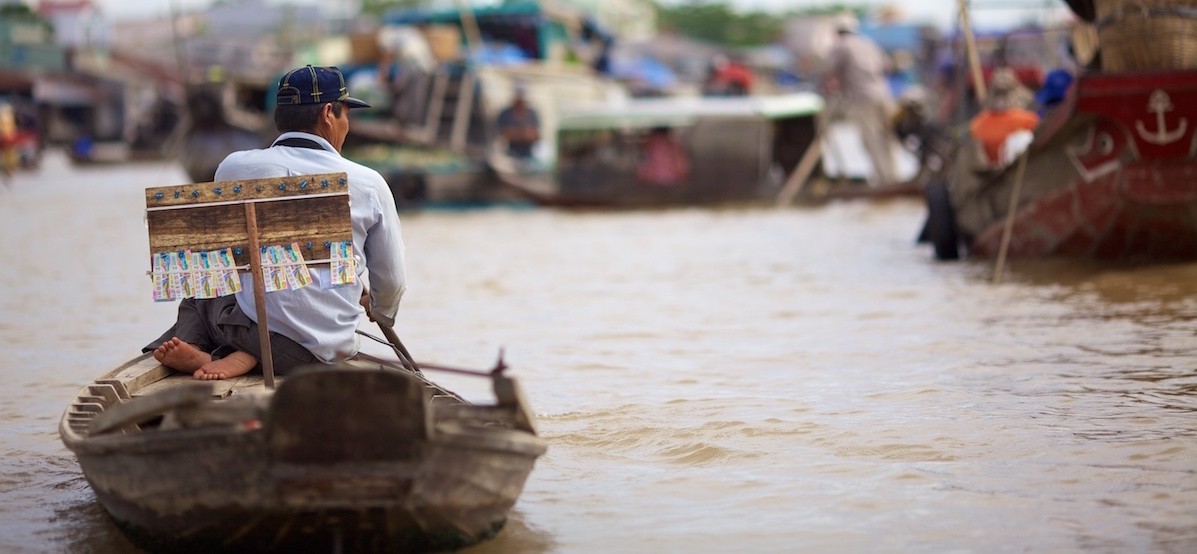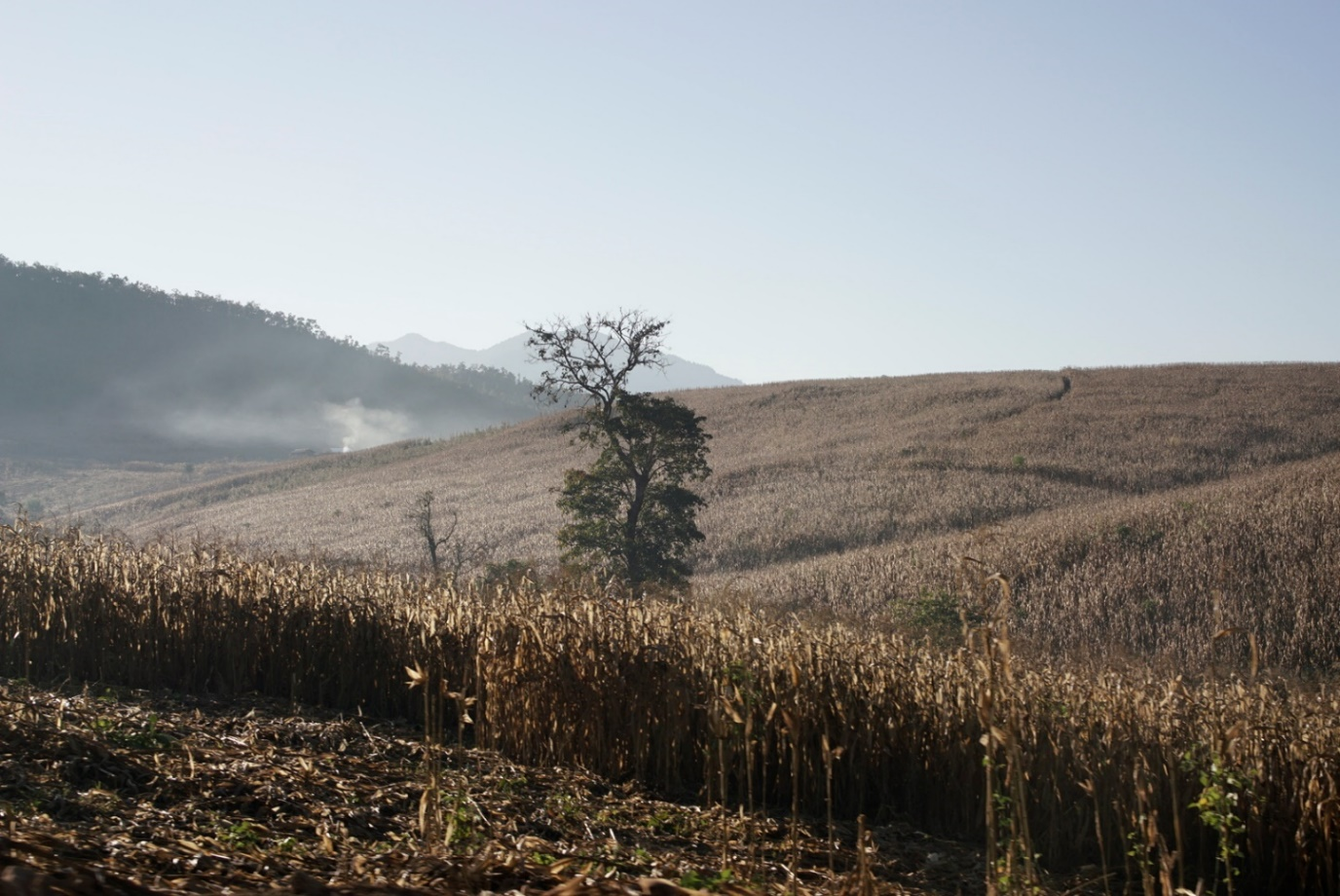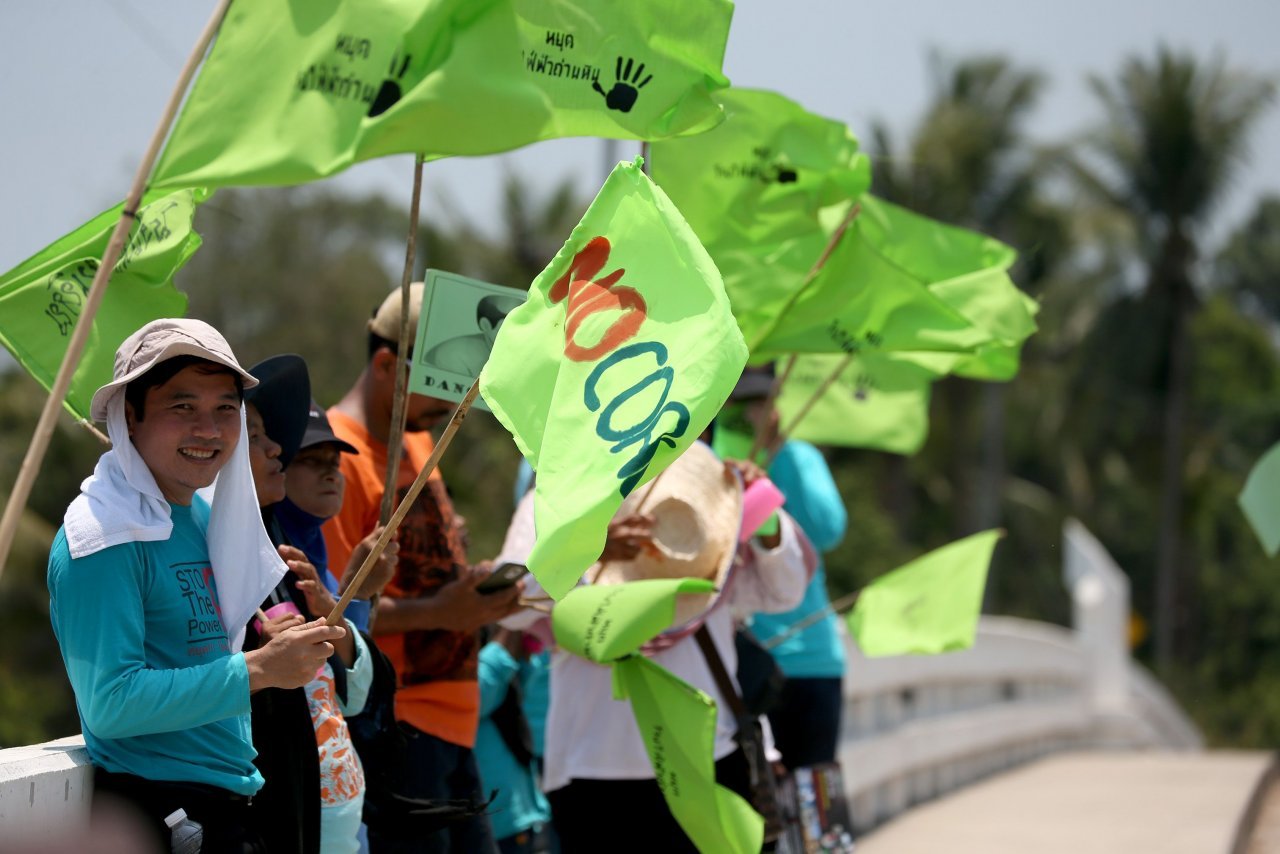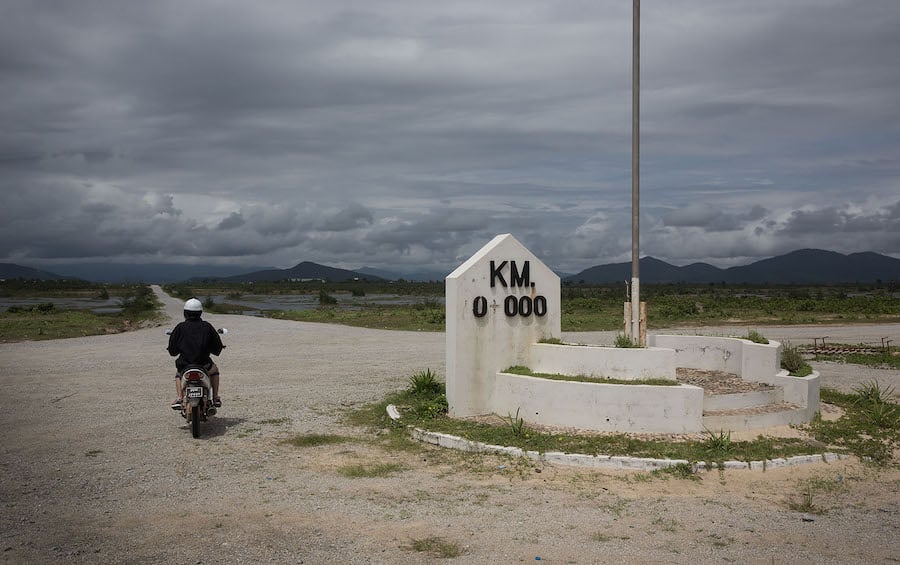More than 20,000 waterbirds (61 species) were recorded along the river, with small pratincole and ruddy shelduck the most numerous recorded. But despite their relative abundance compared with other waterbirds (see Table 1 below), both of these charismatic species have also experienced a very drastic population decline since the last survey. Species’ population declines range from 59 to 98%, compared with survey data from 2003 for the river section between Myitkyina and Sinbo alone.
Lead scientist Christoph Zoeckler said, “The Irrawaddy River is one of the last remaining wild, un-dammed rivers in Asia, with the section between Myitkyina and Sinbo considered to be of particular importance for conservation.”
“Despite the decline, this is still a globally-important site for waterbirds. Therefore we believe it is now critical to secure the designation of this river section as a globally important wetland under the international protection of the Ramsar convention.”
Immediate actions that are required include phasing out small-scale illegal gold mining in the river sections that provide key habitats for birds, fish and other aquatic wildlife; introducing community-based or communal waste management systems in the villages along the river; and preventing further agricultural encroachment onto river banks.
“At the moment, the riverbanks are covered in household waste while sandbanks are being dug up for gold-mining. Unless immediate drastic measures are undertaken to reduce the threats in the most important river sections, habitats for waterbirds will disappear and the river will turn into wasteland,” said FFI’s Myanmar Country Director Frank Momberg.

The Irrawaddy River

Despite the worrying declines, the area is still home to good numbers of waterbirds and a rich biodiversity, and conservationists believe that this critical area is able to recover from previous losses if conservation actions are taken. Some sections still qualify as Ramsar sites, but a Man & Biosphere Reserve seems to be the most appropriate way to conserve the key biodiversity areas while also securing the livelihoods of communities along the river.






